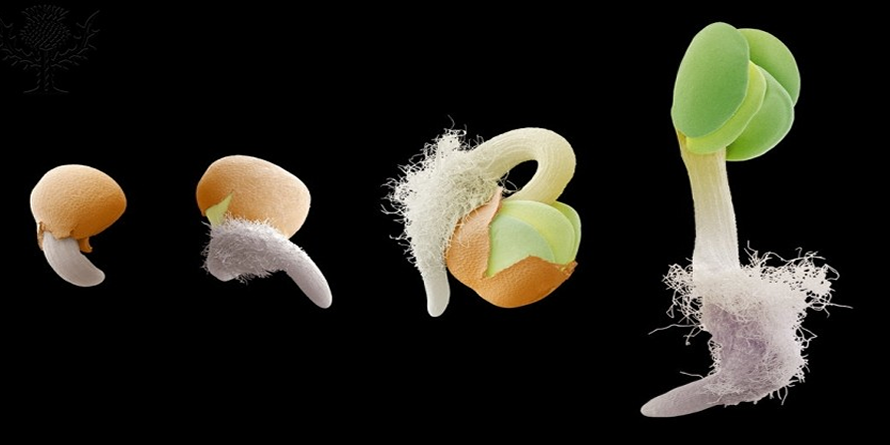
Did you know that there are about 250,000 kinds of plants that produce seeds? The seeds that plants produce vary greatly in size—from less than 1 ounce up to 50 pounds! However, it is not possible to tell from the size of the seed how big a plant will be.
Some plants produce lots of seeds like in the million e.g. an orchid, while other plants only produce a few e.g. a coconut.
Seeds consist of three parts: (1) the embryo, (2) the food storage tissue, and (3) the seed coat. To learn more about how seeds develop, spread, and sprout, check out World Book Online.
You will also find helpful photos and illustrations that accompany the seed article. If you want to do a science project on seeds, check out the Kids portion of World Book. You can select the “Science Project” link and then select the category “Plants.” You’ll see three projects offered around seeds.
- What happens to seedlings in the dark?
- Why do seeds need to germinate?
- See-through seeds
World Book Online: About Privacy & Terms, Privacy Policy, and Terms & Conditions.